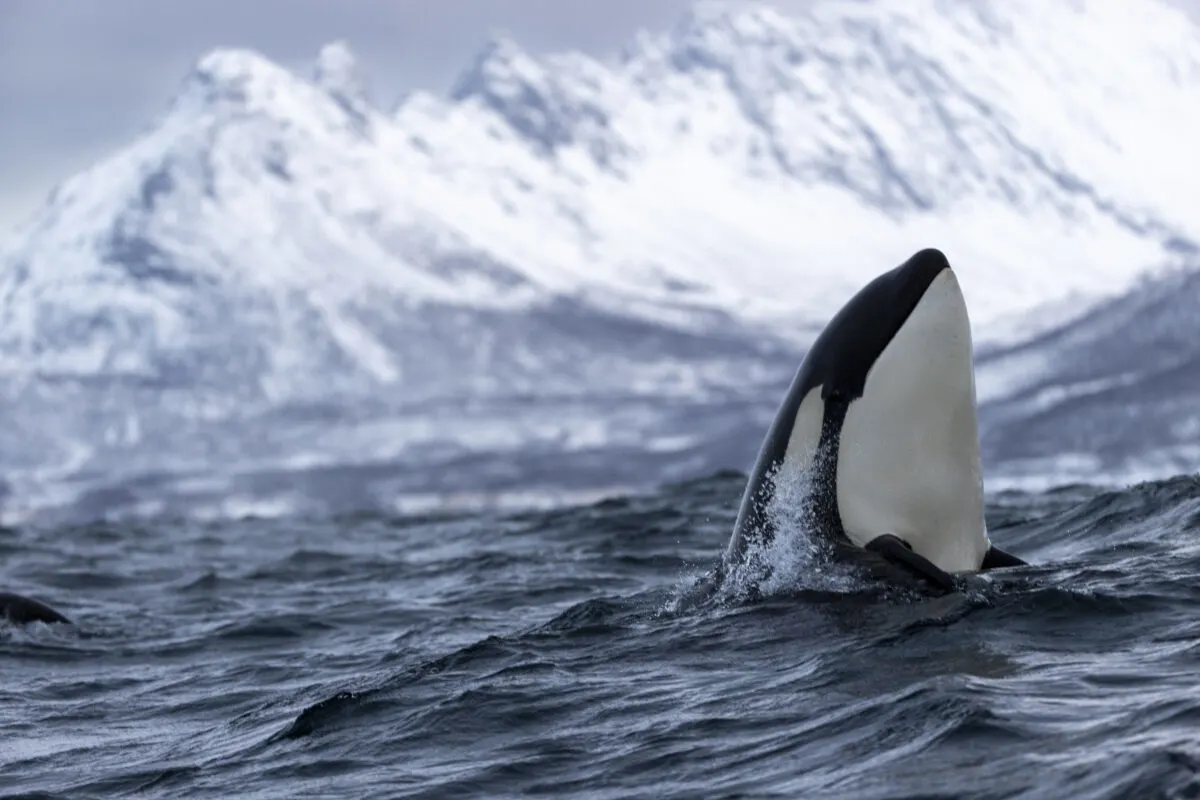In a world where humans and animals share space, a touching incident unfolds in the Pacific Ocean. A young orca, faced with urgency, pleads with a boat’s crew to rescue its mother entangled in plastic. The incident, caught on video, has gained widespread attention on social media, underscoring the profound connection between a mother and her offspring, transcending species boundaries.
Key Points

- While a group of sailors enjoy a day at sea, a desperate baby orca begs for their help.
- Quickly the rescue team is en route to find the mother of the baby orca caught in plastic.
- The baby orca’s distressed plea for help and its mother’s trust in human rescuers are vivid reminders of these marine mammals’ deep intelligence and emotional bonds.
- After the orca is rescued, she brings her saviours a present; a Mantra Ray.
The Call for Help

The young orca’s plea for assistance was unprecedented. It circled the fishing boat, emitting distressed sounds to grab the crew’s attention. The urgency of the situation became evident, prompting the crew to promptly seek aid from a coastal rescue team.
The Dramatic Rescue
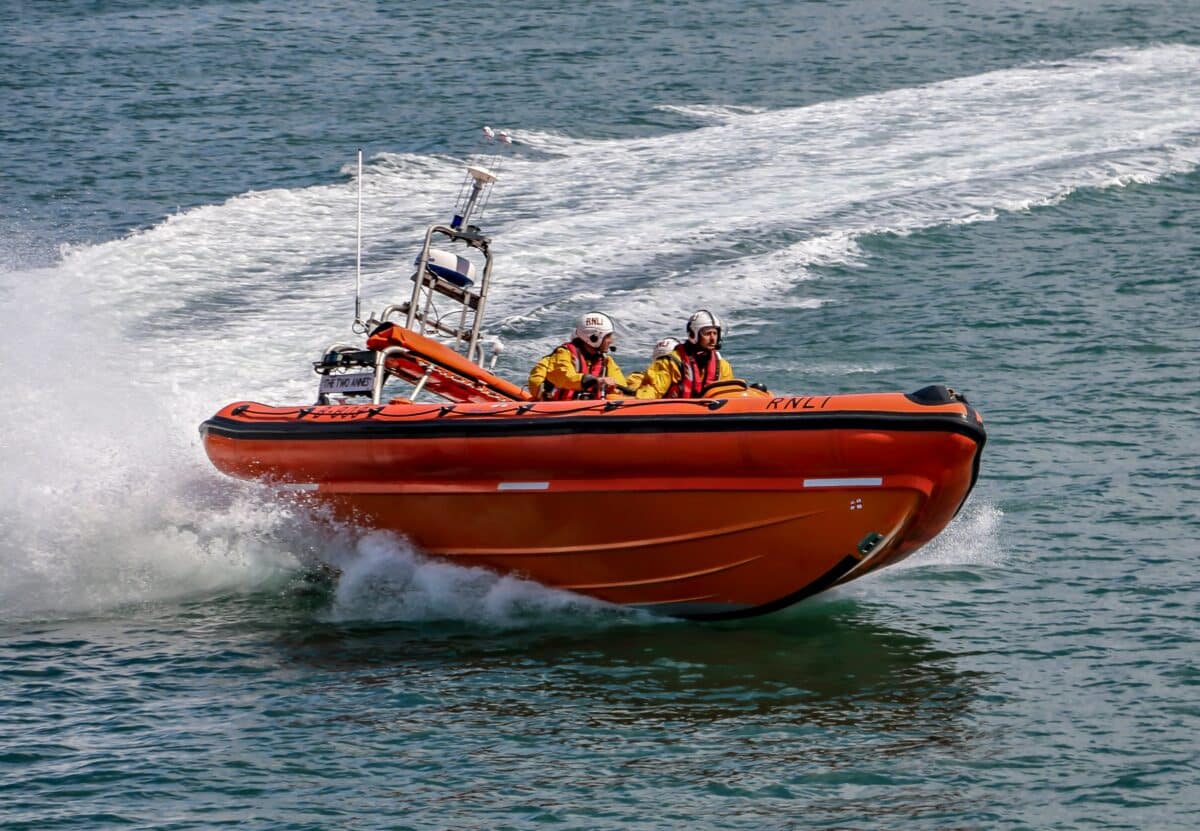
Guided by the young orca, the rescue team successfully located the mother trapped in plastic with her tail at risk of drowning. Demonstrating an extraordinary display of trust, the mother orca extended her flipper toward the rescuers, enabling them to cut through the plastic and liberate her. Upon being freed, the marine mammals departed without causing any disturbance. In a surprising expression of gratitude, the mother orca caught a manta ray before leaving the scene.
The Gratitude
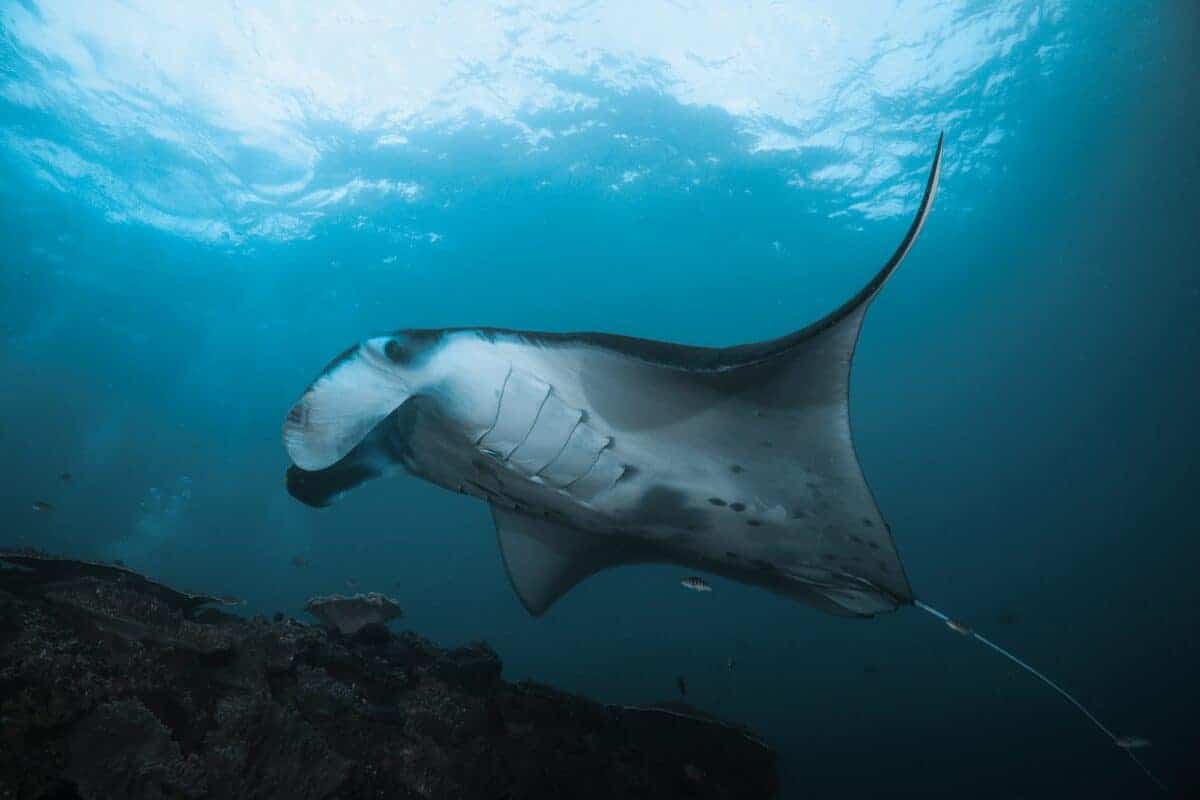
The mother orca’s post-release act of catching a manta ray adds an intriguing dimension to the incident. Seen as a gesture of gratitude, this notable ‘gift’ underscores the profound emotional intelligence and intricate social behaviors displayed by these marine mammals. The concept of ‘gift-giving’ among orcas is likely well-documented, heightening the significance of this event. It implies a level of inter-species interaction that is still unfolding, challenging our comprehension of orca emotional dynamics. The mother orca’s action serves as a symbolic expression of appreciation, prompting reflection on the intricate interplay between human intervention and animal response. This occurrence pushes us to reevaluate our understanding of the emotional realms of these creatures, encouraging further exploration into the complexities of orca behaviors and their interactions with both their environment and humans.
The Orcas’ Circle of Concern

Throughout the rescue operation, additional orcas in the vicinity engaged in circular swimming. While orcas commonly use a carousel feeding strategy by encircling prey, observers in this instance interpreted their circular movements as a warning signal regarding the urgency their pod was facing. It seemed as though these marine mammals were attempting to communicate with humans, showcasing the depth of their intelligence and social connections. This behavior underscored the potential for orcas to convey information and highlighted the intricate nature of their communication, extending beyond traditional hunting strategies.
The Video
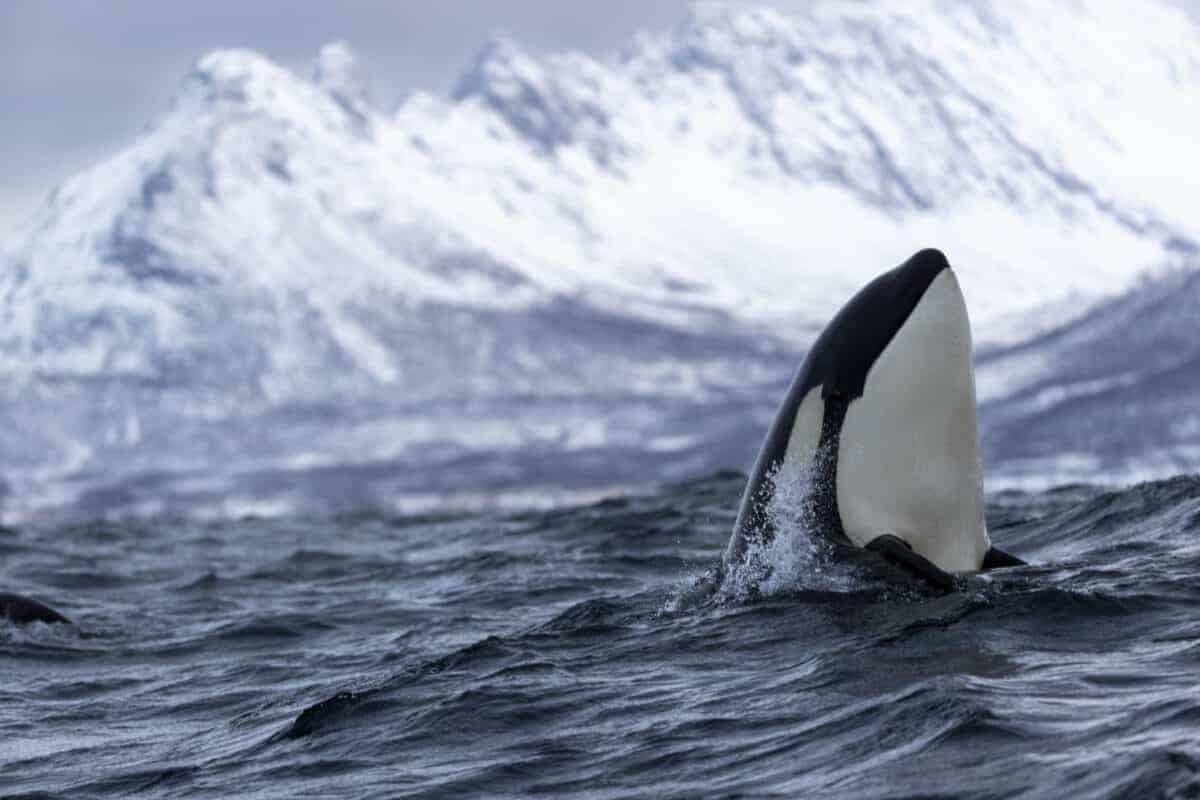
FAQ

Are orcas friendly to humans?

Orcas generally exhibit caution around humans. In the wild, they tend to display curiosity and playfulness rather than aggression. Despite their friendly behaviors, it’s essential to recognize that these are powerful wild animals, and their actions can be unpredictable. Interactions with orcas should be approached with respect and caution, maintaining a safe distance to ensure the well-being of both humans and marine mammals.
Can you swim with killer whales?

Swimming with orcas poses a risk due to their size, power, and unpredictable nature. Although some places may offer this experience, it is generally discouraged for safety and conservation reasons. The potential dangers associated with interacting closely with these marine mammals, combined with the need to prioritize their well-being and conservation, make such encounters uncommon and often discouraged.
Can you touch an orca?

Whether in the wild or in captivity, the general advice strongly discourages touching orcas. Incidental contact with these powerful wild animals can induce stress and pose potential dangers to both the orcas and human safety. It is recommended to maintain a safe distance and refrain from physical contact to ensure the well-being of the marine mammals and those interacting with them.Add image
The Bottomline
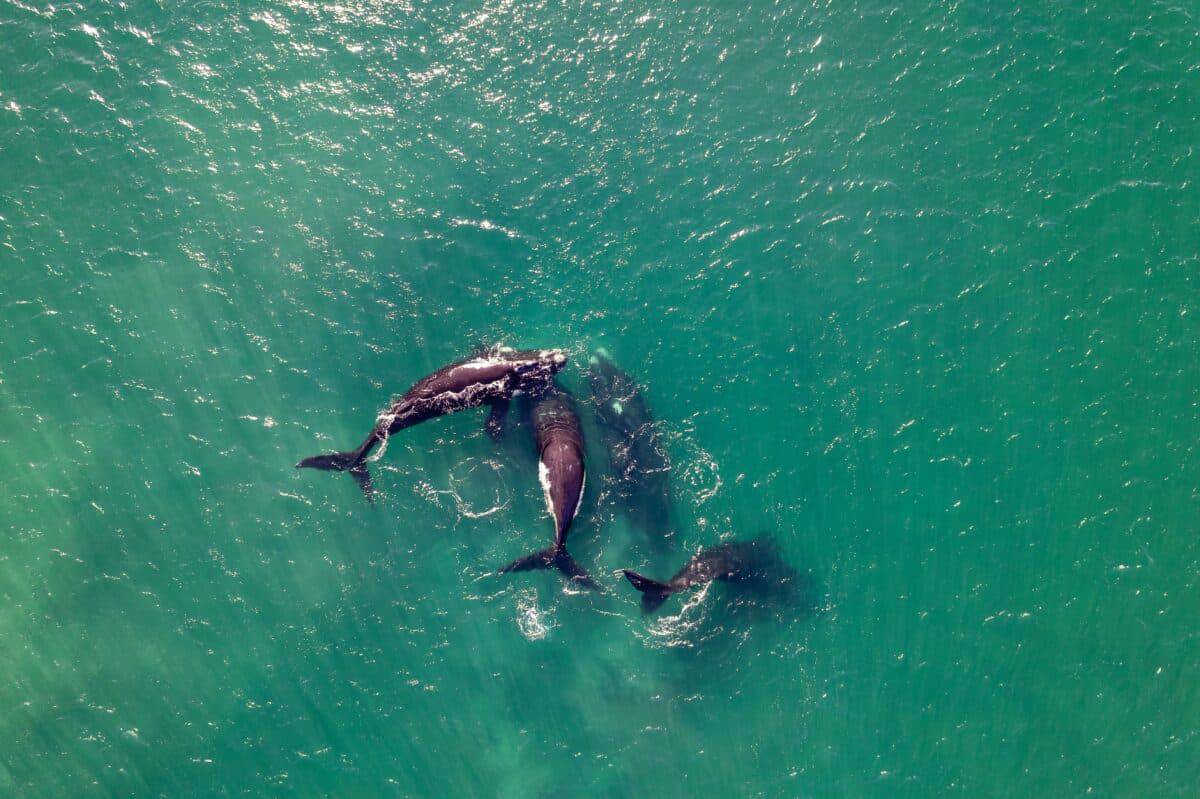
Beyond its emotional impact, the video conveys a powerful message, urging us to prioritize the well-being of animals and emphasize their right to inhabit natural environments, free from human-induced threats. The perilous situation faced by the mother orca, entangled in plastic, serves as a stark reminder of the dangers posed by thoughtless waste disposal in our oceans. It underscores that the consequences of our actions reach far beyond our immediate surroundings, affecting the lives of the diverse creatures that share our planet.
Thanks for following this article – Baby Orca asks Humans for help to Save Their Mother.
Facts about Orca
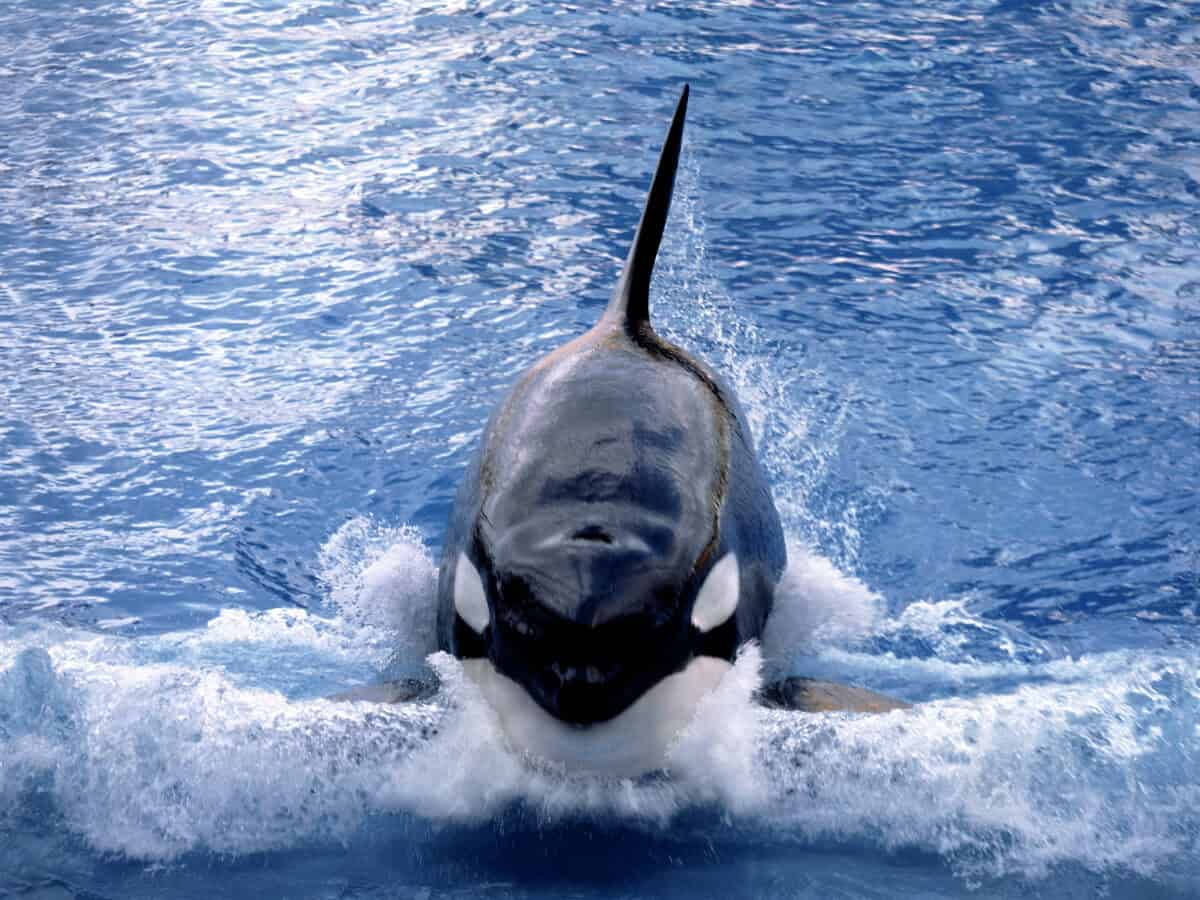
Orcas, also known as killer whales, are fascinating marine mammals renowned for their intelligence and social structures. Here are eight intriguing facts about these magnificent creatures.
1. Largest Member of the Dolphin Family

Orcas are the largest members of the dolphin family, with males reaching up to 32 feet in length. Despite their name, they are not whales but are closely related to dolphins.
2. Highly Social Animals

Orcas live in pods that can consist of up to 40 individuals, often composed of family members. These pods have complex social structures and communicate using distinct vocalizations.
3. Apex Predators
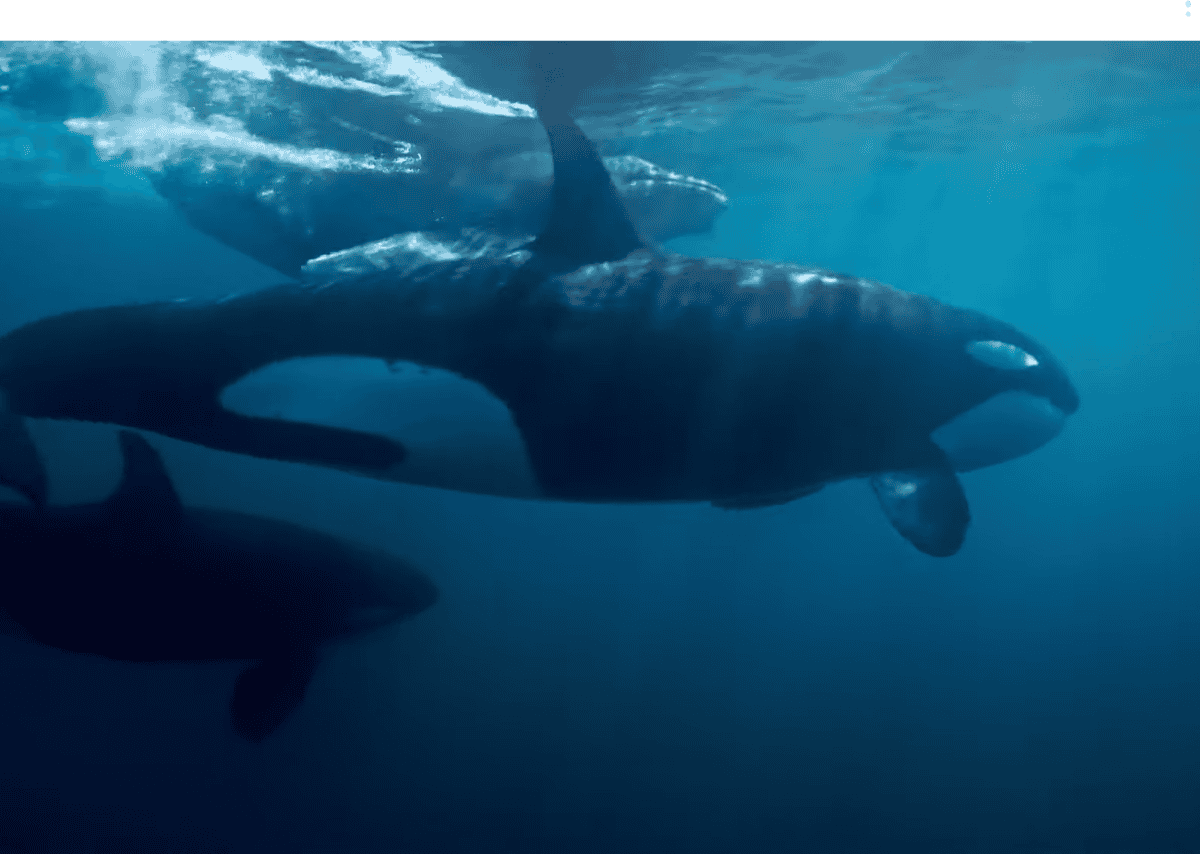
As apex predators, orcas are at the top of the ocean food chain and have no natural predators. They hunt a variety of prey, including fish, seals, and even large whales.
4. Diverse Diet
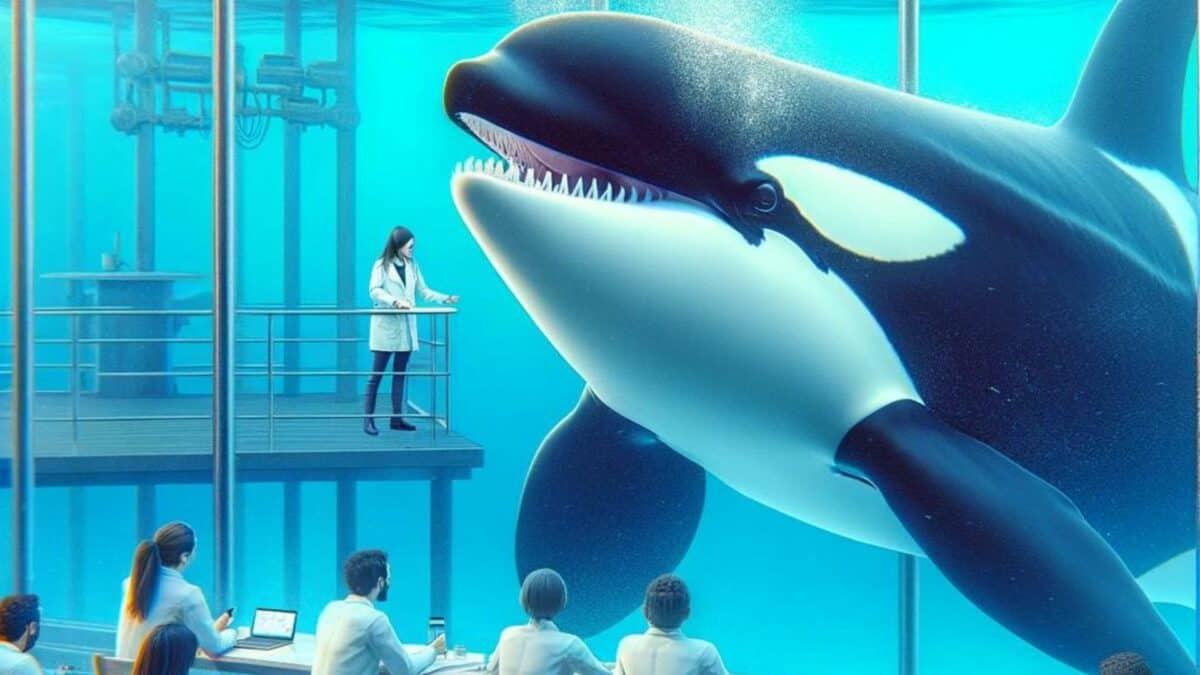
Orcas have diverse and adaptable diets, with some pods specializing in specific prey. Their hunting techniques vary widely, from beaching themselves to catch seals to using sophisticated echolocation to locate fish.
5. Intelligent and Playful
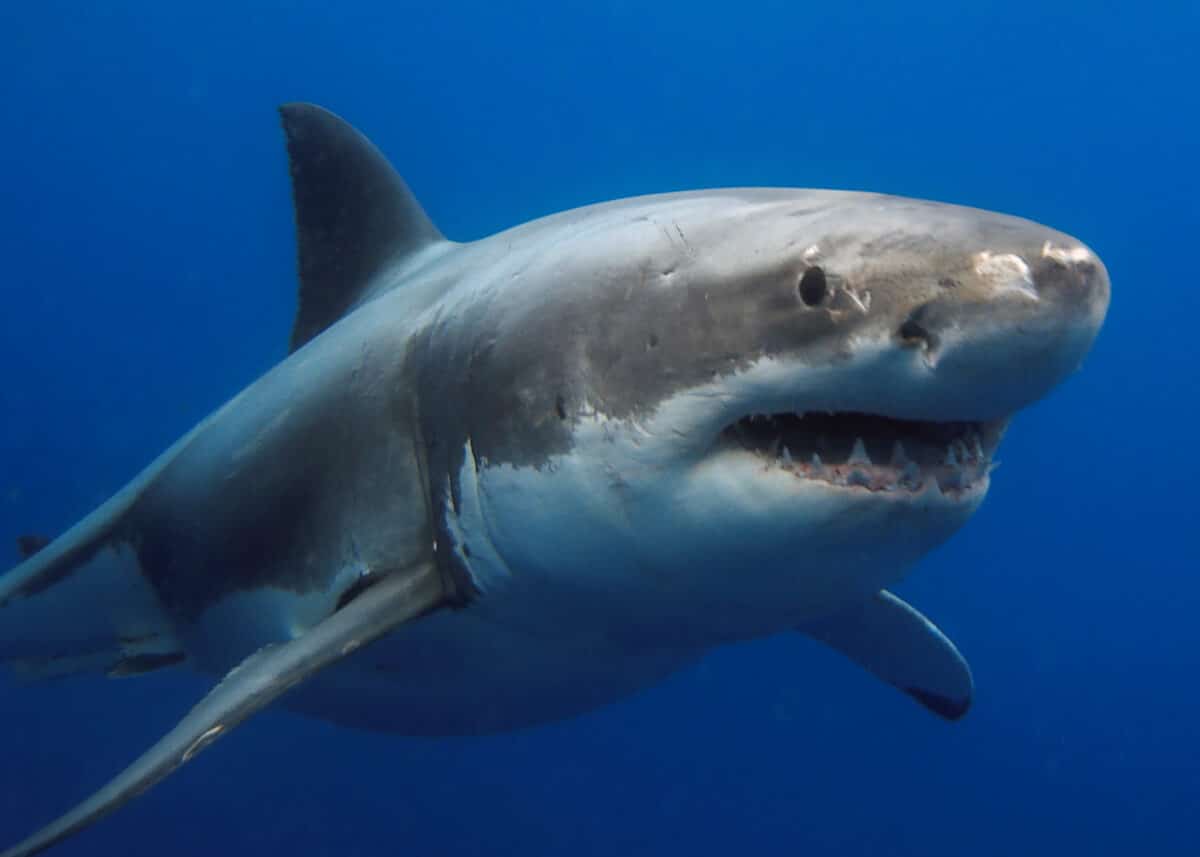
Orcas are known for their intelligence, displaying behaviors such as problem-solving, cooperation, and play. They are often observed surfing on waves, playing with objects, and even imitating human activities.
6. Long Lifespan
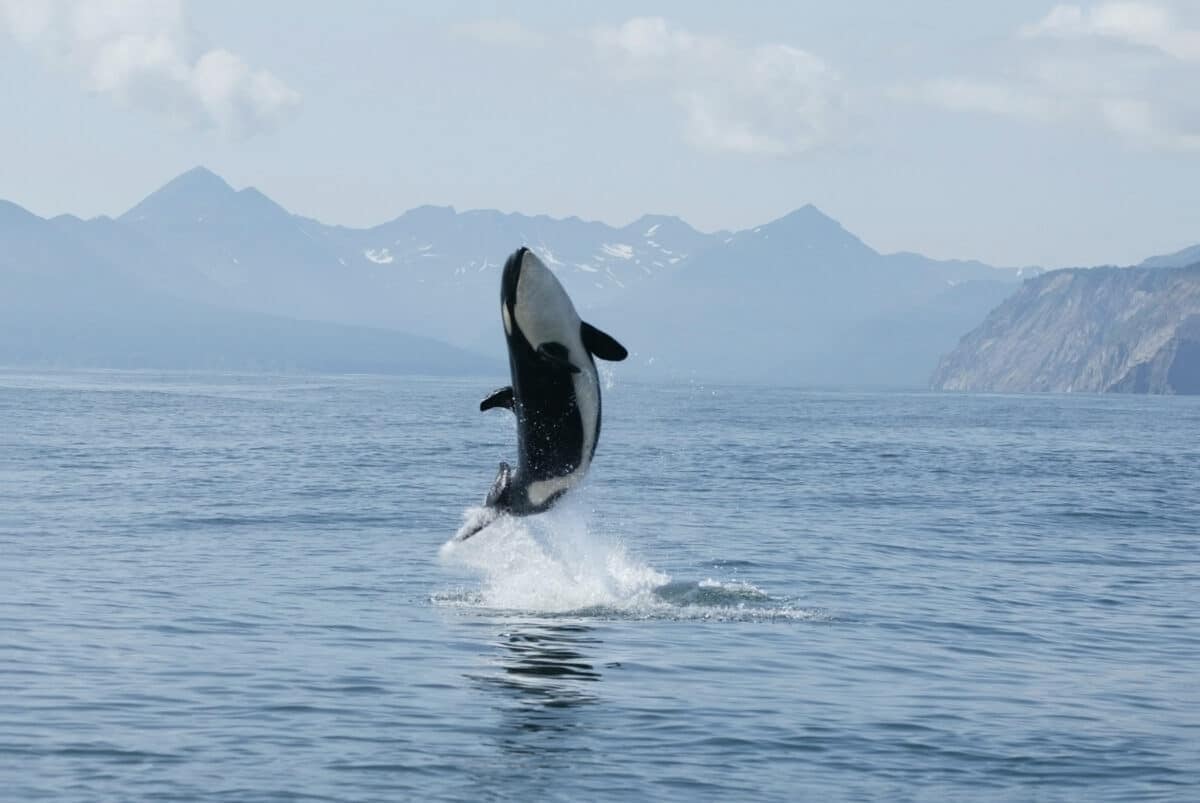
Female orcas can live up to 90 years, while males typically live up to 60 years. Their long lifespans allow for complex social learning and the passing down of knowledge through generations.
7. Distinctive Black and White Coloring
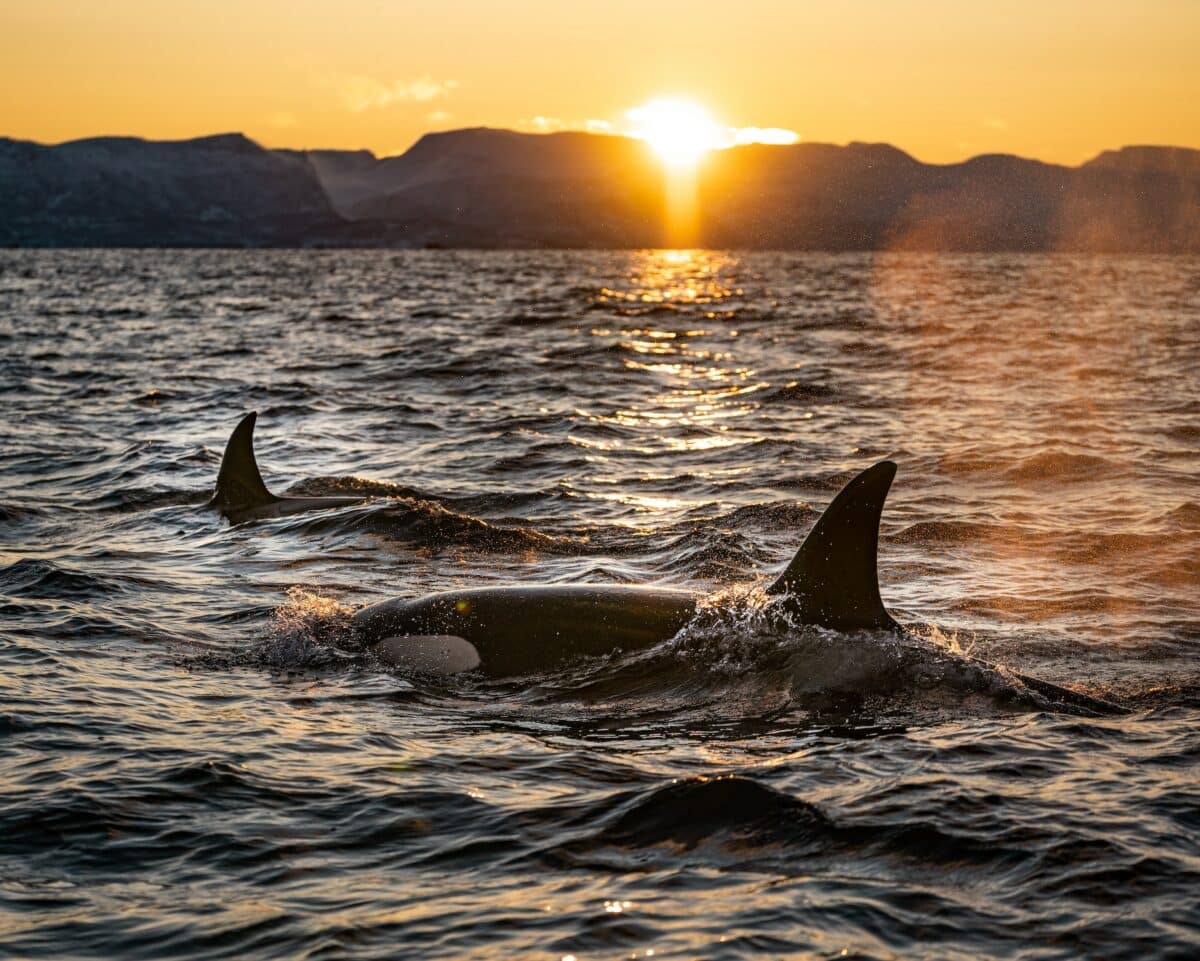
Orcas are easily recognizable by their distinctive black and white coloring, which serves as camouflage in the ocean. The pattern helps them blend in with the water’s surface when viewed from below and with the ocean depths when viewed from above.
8. Global Distribution
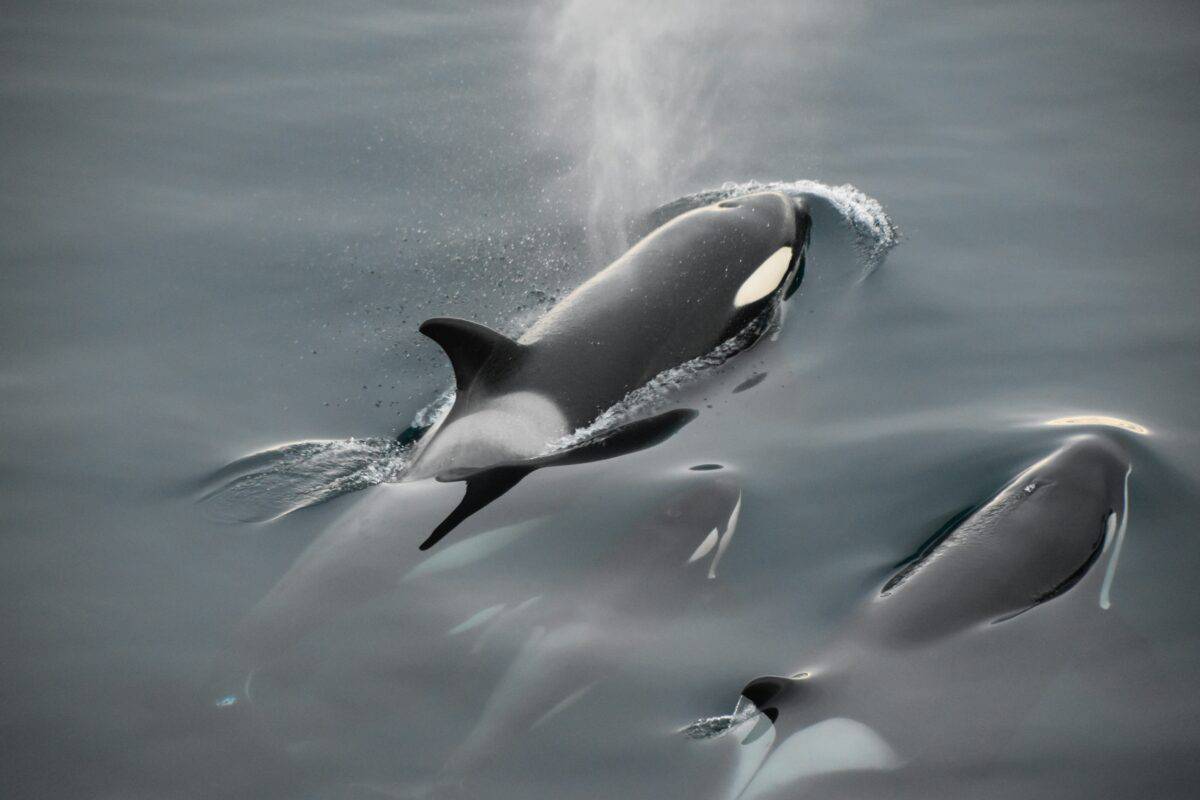
Orcas are found in all of the world’s oceans, from the Arctic and Antarctic regions to tropical seas. They are highly adaptable and can thrive in both cold and warm waters.
Next up in the animal kingdom:
- Orcas Attacking Boats Off Spanish Coast Or Are We Attacking Orcas
- How and Why Orcas are Dominating False Bay
- Meet Frosty: The Leucistic Orca Calf
- Barking Dog Rescues Injured Hiker on LaniPo Trail
Join our Forum for free today!


